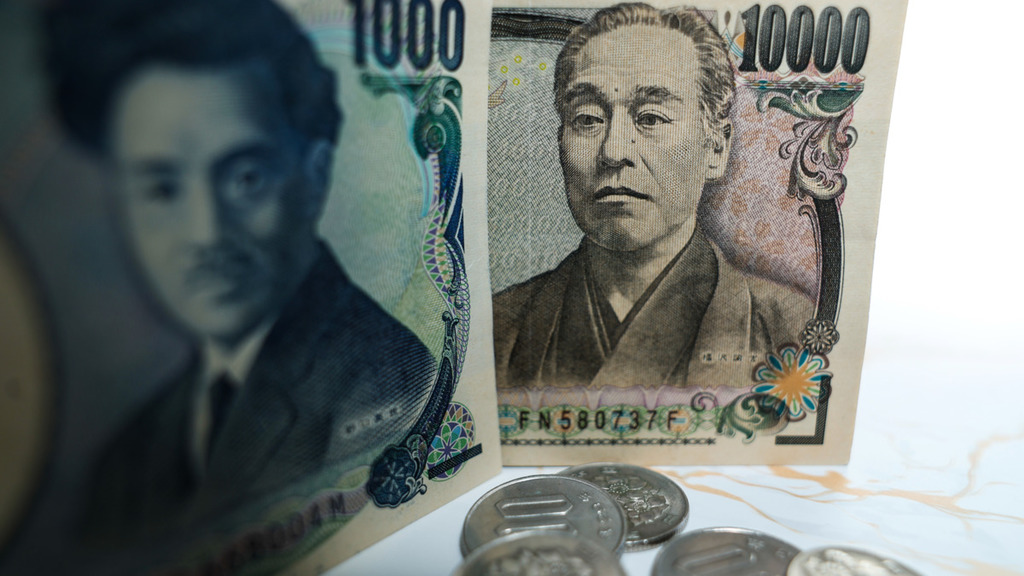
On the grand stage of the global economy, the yen carry trade is like a unique and shining star, and its impact on the Japanese economy is like a deep and multi-faceted picture, interwoven with complex lines and rich colors.
As far as the stock market is concerned, the dynamics of the yen carry trade are like tides in the ocean, fluctuating. In the process, once the huge flood of money into the Japanese stock market, it seems to inject a powerful momentum into the stock market, most likely to push prices all the way up, creating a boom and boom. However, when the storm changes and this trade suddenly reverses, the stock market is like a ship that encounters strong winds and waves, which may plunge into the abyss and encounter a sharp decline. In July 2024, the Bank of Japan unexpectedly took the action of raising interest rates and shrinking the balance sheet, like a boulder thrown into a calm lake, instantly stirring up thousands of waves. The move triggered an unwinding of the yen carry trade, sending the Nikkei 225 stock average on a roller-coaster ride, plummeting at breakneck speed and spooking investors before bouncing back. Among the many sectors, some cyclical export sectors, such as transportation equipment, machinery and electrical machinery, may be under great pressure and impact from the rebound of the yen. The fundamental reason is that a stronger yen may invisibly reduce the price competitiveness of Japanese exports in international markets, which in turn has a significant adverse impact on companies' overseas revenues. However, some people believe that although these factors will bring short-term fluctuations and shocks, in the long run, they will not cause fundamental changes to the fundamental health of the Japanese economy.
From the perspective of exchange rate, the yen carry trade itself is an important force affecting the yen exchange rate. When this trade is active and in full swing, it acts as a downward pressure on the yen, potentially causing it to weaken; If the trade reverses, the situation reverses abruptly, potentially triggering a rise in the yen. The fluctuation of the exchange rate is like an invisible but powerful hand that tightly controls the pattern of Japan's import and export trade. When the yen depreciates, it is like a spring breeze for Japan's export enterprises, which brings competitive advantages and development opportunities, but at the same time, it will inevitably raise the cost of imports and bring a certain burden to the domestic economy. Conversely, when the yen appreciates, exporters may face difficulties, while the price of imported goods may fall, easing the burden to some extent on domestic consumers.
As far as economic growth is concerned, the capital flow and market changes caused by the yen carry exchange are like the veins and meridians hidden in the economic body, which deeply affect the overall growth trend of the Japanese economy. On the one hand, it may be able to inject sufficient liquidity into the financial market like a fresh spring, providing solid support and impetus for economic activities. On the other hand, the frequent fluctuations of the exchange rate and the ups and downs of the stock market, like an unexpected storm, may greatly affect the investment decisions of enterprises, dampen consumer confidence, and cast a cloud of uncertainty over the path of economic growth. For example, if the yen continues to strengthen over the long term, it may restrain exports for a long time, thus impeding the pace of economic growth. If the depreciation of the yen is excessive, the cost of imports will rise like a rocket, which may seriously damage the purchasing power of residents, restrain domestic consumer demand, further delay the repair process of investment willingness, and cause the economy to fall into a downturn.
In the area of monetary policy, the Bank of Japan's monetary policy is like a cautious helmsman who needs to take the impact of the yen carry trade into careful consideration at all times. If the carry trade is too fanatical, resulting in excessive depreciation of the yen, just like lighting the fuse of inflation, it is very likely to trigger a sharp rise in inflationary pressure, forcing the central bank to quickly adjust the policy direction in order to stabilize prices and economic order. When the carry trade reverses, the market may instantly fall into chaos and instability, and the central bank also needs to take corresponding measures decisively to stabilize the market and restore confidence and order in the market. For example, in 2024, the Bank of Japan decisively raised interest rates and carefully planned to shrink the balance sheet, precisely in order to effectively respond to complex and volatile market conditions such as the reversal of the carry trade, and ensure the effectiveness and flexibility of monetary policy.
In terms of capital flows, the massive reversal of the yen carry trade is like a sudden capital migration. It could prompt money to return to Japan like a nest bird, a phenomenon that is bound to have a strong impact on global financial market liquidity, like a calm lake created waves. At the same time, Japan's domestic capital supply pattern and the level of market interest rates may also suffer a huge impact under the impact of this wave, causing turbulence and adjustment in the financial market.
Taken together, the impact of the yen carry trade on the Japanese economy is a complex web that spans key areas such as the stock market, exchange rate, economic growth, monetary policy and capital flows. Its impact mechanism is complex, including the global economic situation changes, the Bank of Japan's policy orientation, market sentiment fluctuations, and other countries' economic and policy conditions, such as the comprehensive effect and interwoven impact. In this complex and changing situation, the Bank of Japan and the government need to keep a high degree of vigilance and keen insight at all times, pay close attention to these fast-changing changes, and implement appropriate policy measures with wisdom and courage to accurately respond, so as to unswervingly maintain the stability, balance and sustainable development of the economy.

Recently, according to 9To5Mac, the Apple Podcasts app was exposed to have the problem of automatically redirecting unsubscribed programs, and some of the redirected programs were suspected to contain malicious links.
Recently, according to 9To5Mac, the Apple Podcasts app was …
Recently, multiple Federal Reserve officials have publicly …
Ukrainian President Vladimir Zelensky met with French Presi…
In November 2025, South Korean e-commerce giant Coupang was…
On December 2, 2025, the international silver market witnes…
On November 30 local time, a report released by the Stockho…